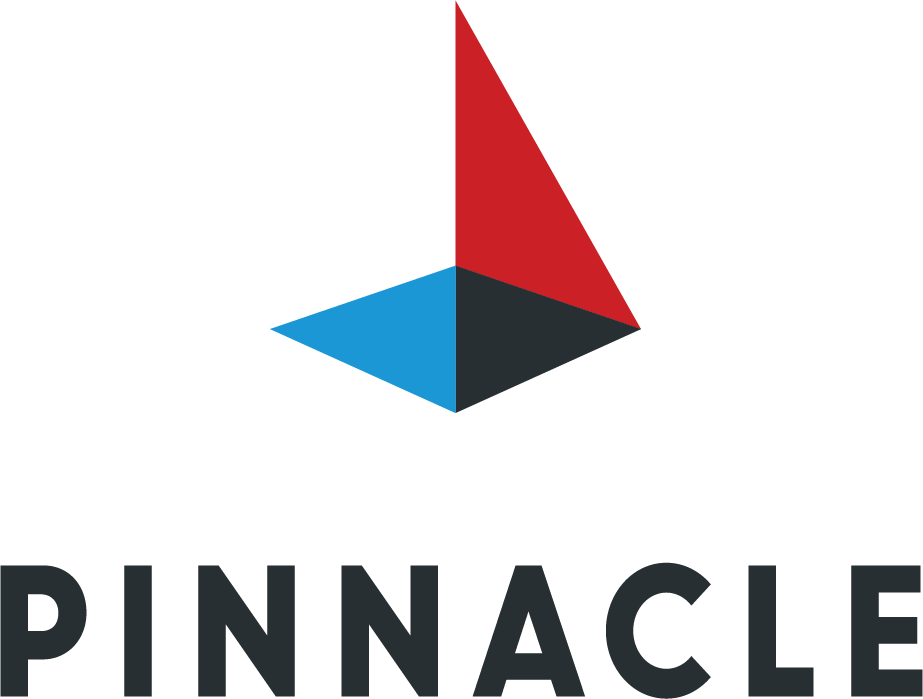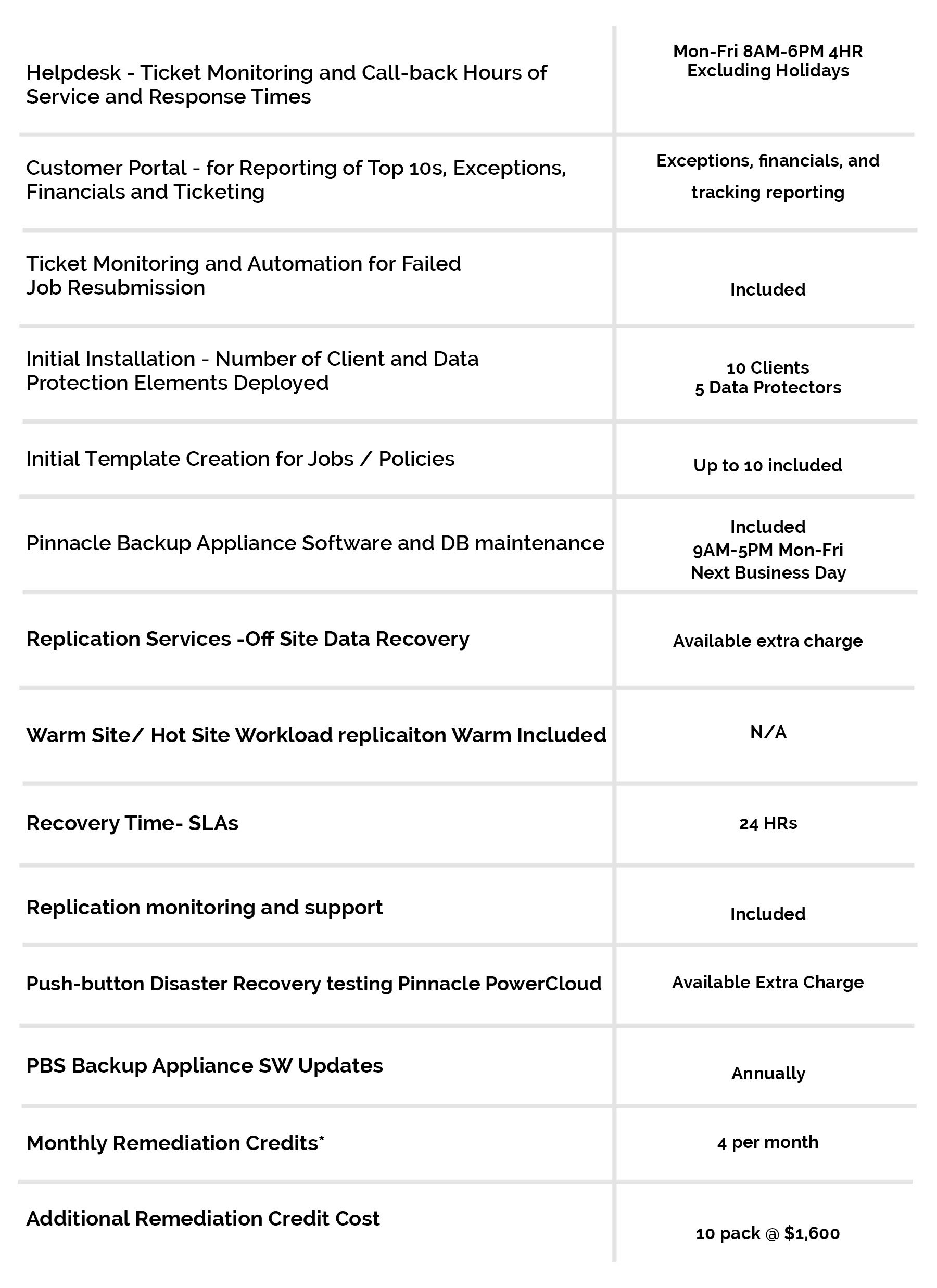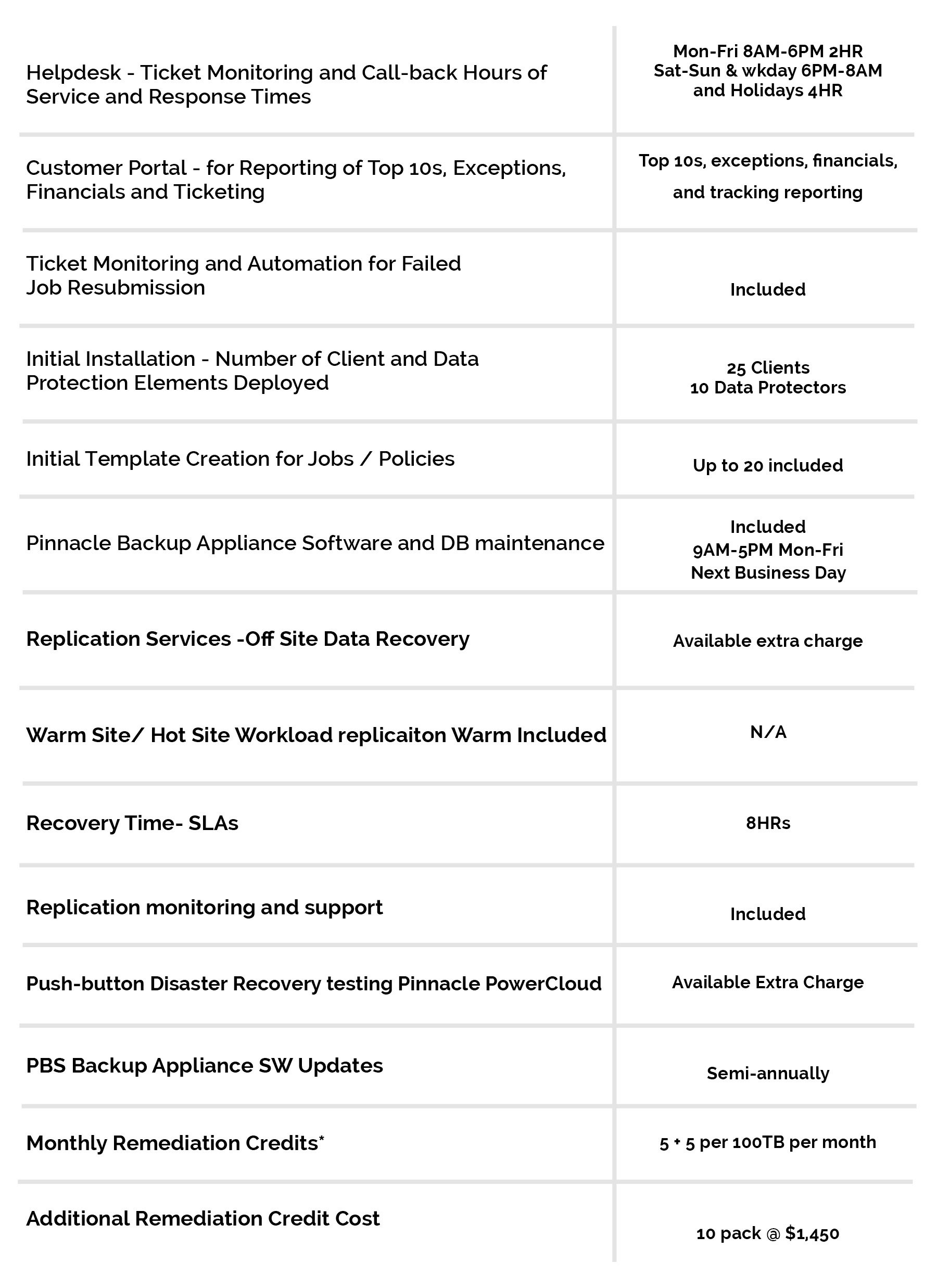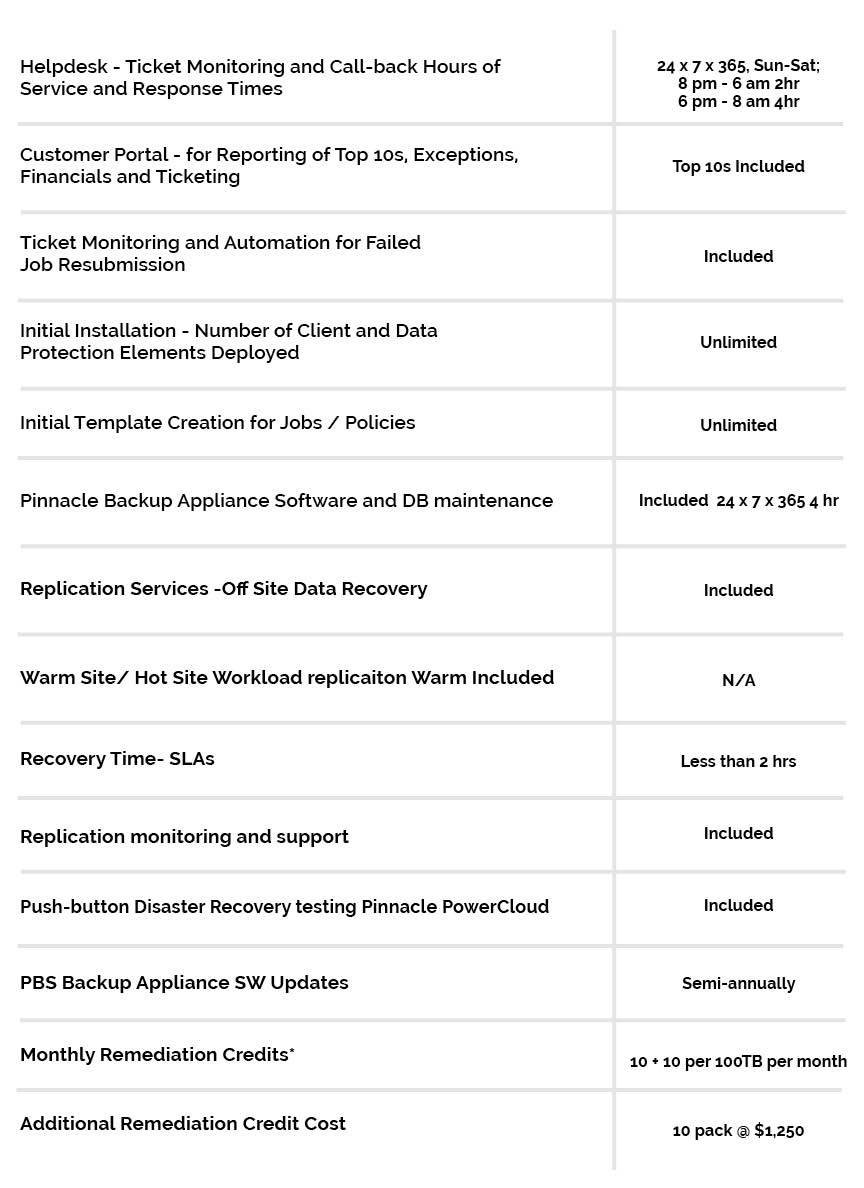22 Dec Benefits of Backup and Recovery as a Service
The “as-a-service” trend has impacted almost every traditional and emerging service in the IT sector, offering advantages including streamlined asset management and cost savings. As-as-service offerings can enable internal IT teams to focus on more pressing, mission-critical technological pursuits while knowing that their most important systems are in the hands of experts.
One of the newest as-a-service offerings making waves in IT recently is Backup and Recovery-as-a-service, or BRaaS.
What is BRaaS, and how is it different from DRaaS?
BRaaS is a managed offering wherein backup and recovery processes are offloaded from internal IT teams to expert service providers. In this way, critical data and files are backed up by the service provider’s team and stored on an external system. Copies of data are created and added to the storage system when information changes and extra copies may even be kept at another location or within a secondary storage component to better support recovery.
And, as Enterprise Storage Forum contributor Christine Taylor pointed out, while backup and recovery are imperative activities for disaster recovery, DRaaS and BRaaS are not one in the same.
“Backup-as-a-service turns over cloud-based backup to the service provider. The provider is responsible for backing up contracted data and meeting recovery service levels,” Taylor explained. “Recovery as-a-service goes a step beyond BaaS by restoring applications as well as data from the cloud. DRaaS adds cloud-based failover to backup and recovery services. The service is more extensive than RaaS and thus more expensive.”

Backup and Recovery as a Service brings expertise, protect and flexibility.
Advantages of BRaaS
In the past, it was common for backup and recovery to be two separate offerings, but now, many service providers have converged these into a single, powerfully supportive service. According to IBM, BRaaS offerings have now come of age, and are increasingly a more popular use case for cloud infrastructure than disaster recovery (which came in at a close second).
There are a few main advantages of shifting backup and recovery responsibilities to an expert service provider, including:
- Expert management: Because the service provider supporting backup and recovery has a service agreement to meet, and because they have employees specially trained in these pursuits, they can offer top-notch and professional management that’s hard to compete with internally. This can be especially critical for smaller organizations with limited internal IT resources, or without IT support altogether.
- Enhanced security: An expertly managed storage environment can also provide heightened data protection over on-premise backup systems. Managed backup and recovery includes robust encryption throughout transfer and during storage, helping to fight off attempts for unauthorized access.
- More frequent backups: An expert service provider can also support more frequent and consistent backups, ensuring that the most recent version of data is available for recovery when needed.
When seeking out a BRaaS provider, it’s imperative to work with experts that can provide the extensive storage, protection, and flexibility required to support robust and streamlined backup and recovery.
Pinnacle ensures the best use of resources within our BRaaS, including easy data recovery, recovery reports for internal audits and the expertise of a recovery engineer. To find out more about how Pinnacle’s cloud-based backup and recovery can benefit your company, contact us today.

